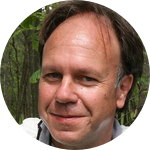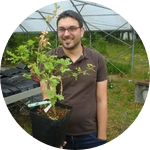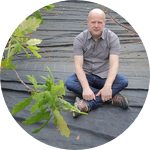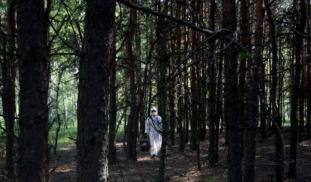Please wait...
About This Project
Unlike animals, trees produce heritable mutations throughout their life. Therefore, trees exposed to nuclear radiation provide unique tools to compare the rate of mutation before and after the accident. We hypothesize that trees exposed to nuclear radiation exhibit a higher DNA mutation rate. An international team will conduct extensive studies of tissues collected from chronically irradiated trees.





